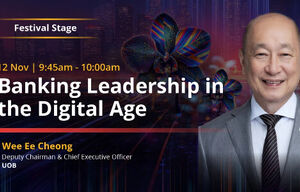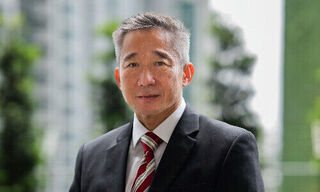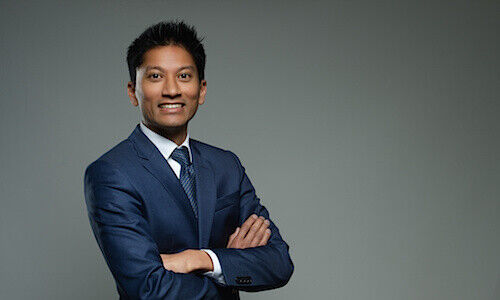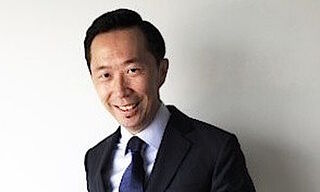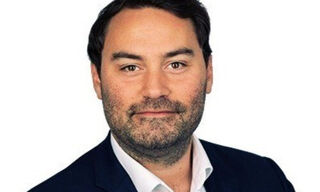Claudia Kraaz: «Recognize Signs of Burnout»
The affected employee continues striving despite being in a state of exhaustion. He is barely able to recuperate in the evenings, at weekends or during holidays and loses his sense of calm and inner peace. It is no wonder that previously very reliable employees suddenly begin to make more mistakes.
«The pre-phase can last several years»
This phase can last a long time. In extreme cases, it can span several years. Typically in the first phase, others see the changes before the employee himself even notices them. When someone tries to talk to him about it, he very often dismisses suggestions that he is suffering from exhaustion.
The second phase is very different. I refer to it as «flight and withdrawal.» The individual appears to emanate a sense of calm but is, in fact, simply distancing himself from others and himself. After battling with himself and others, he is now functioning almost mechanically. The employee not only significantly reduces his amount of contact with colleagues and friends but also with clients. He does only the minimum amount of work required – in clear contrast to the pattern of behavior visible in the first phase.
The individual experiences a growing feeling of numbness and bitterness, and is often in a state of anxiety. These developments are accompanied by strong physical reactions, such as palpitations, sleep disturbances, and increased perspiration, to name just a few examples. Given the circumstances, it is not surprising that the employee’s ability to perform continues to decline – both in qualitative and quantitative terms.
«Individuals often turn to addictive substances to compensate for their feelings of emptiness»
The third phase is «isolation and inertia,» which is a continuation of the second, but on a more extreme level. It is almost always accompanied by depression, which manifests itself in the form of symptoms such as absolute disinterest, loss of hope, extreme exhaustion and a loss of perspective. The sufferer finds himself in a state of paralysis. In this phase, individuals often turn to addictive substances to compensate for their feelings of emptiness.
However, an ever stronger impetus is needed in order to actually feel something. There is an acute risk of a mental and physical breakdown during this phase. In the most serious cases, the individual may have suicidal thoughts.
«Sufferers often only realize very late that they need help»
It is often only in this phase that sufferers realize they need help. However, if affected employees only seek help at this stage, several months of treatment will be needed. Only around 50 percent of sufferers who experience a breakdown will be able to fully resume work. If this is the person’s second breakdown, this figure is much lower.
For leaders, it is therefore imperative that they reach out to their employees immediately if they display symptoms of the first phase – even if this type of discussion is far from easy. The chances of being able to reverse the process are greatest during this period – with benefits for both sides.
Claudia Kraaz launched her own firm, «Stress and Balance,» as an independent executive and stress coach three years ago. She spent 13 years in leadership roles in corporate communications, including at Zurich Insurance, Swica, and Bank Vontobel. She was deputy head of communications and global media head at Credit Suisse.
Previous contributions: Rudi Bogni, Peter Kurer, Oliver Berger, Rolf Banz, Dieter Ruloff, Samuel Gerber, Werner Vogt, Walter Wittmann, Alfred Mettler, Peter Hody, Robert Holzach, Craig Murray, David Zollinger, Arthur Bolliger, Beat Kappeler, Chris Rowe, Stefan Gerlach, Marc Lussy, Nuno Fernandes, Richard Egger, Maurice Pedergnana, Marco Bargel, Steve Hanke, Andreas Britt, Urs Schoettli, Ursula Finsterwald, Stefan Kreuzkamp, Oliver Bussmann, Michael Benz, Peter Hody, Albert Steck, Andreas Britt, Martin Dahinden, Thomas Fedier, Alfred Mettler, Brigitte Strebel, Peter Hody, Mirjam Staub-Bisang, Nicolas Roth, Thorsten Polleit, Kim Iskyan, Stephen Dover, Denise Kenyon-Rouvinez, Christian Dreyer, Kinan Khadam-Al-Jame, Robert Hemmi, Claude Baumann, Anton Affentranger, Yves Mirabaud, Katharina Bart, Frédéric Papp, Hans-Martin Kraus, Gerard Guerdat, Didier Saint-Georges, Mario Bassi, Stephen Thariyan, Dan Steinbock, Rino Borini, Bert Flossbach, Michael Hasenstab, Guido Schilling, Werner E. Rutsch, Dorte Bech Vizard, Adriano B. Lucatelli, Katharina Bart, Maya Bhandari, Jean Tirole, Hans Jakob Roth, Marco Martinelli, Beat Wittmann, Thomas Sutter, Tom King, Werner Peyer, Thomas Kupfer, Peter Kurer, Arturo Bris, Michel Longhini and Frederic Papp.
- << Back
- Page 2 of 2


